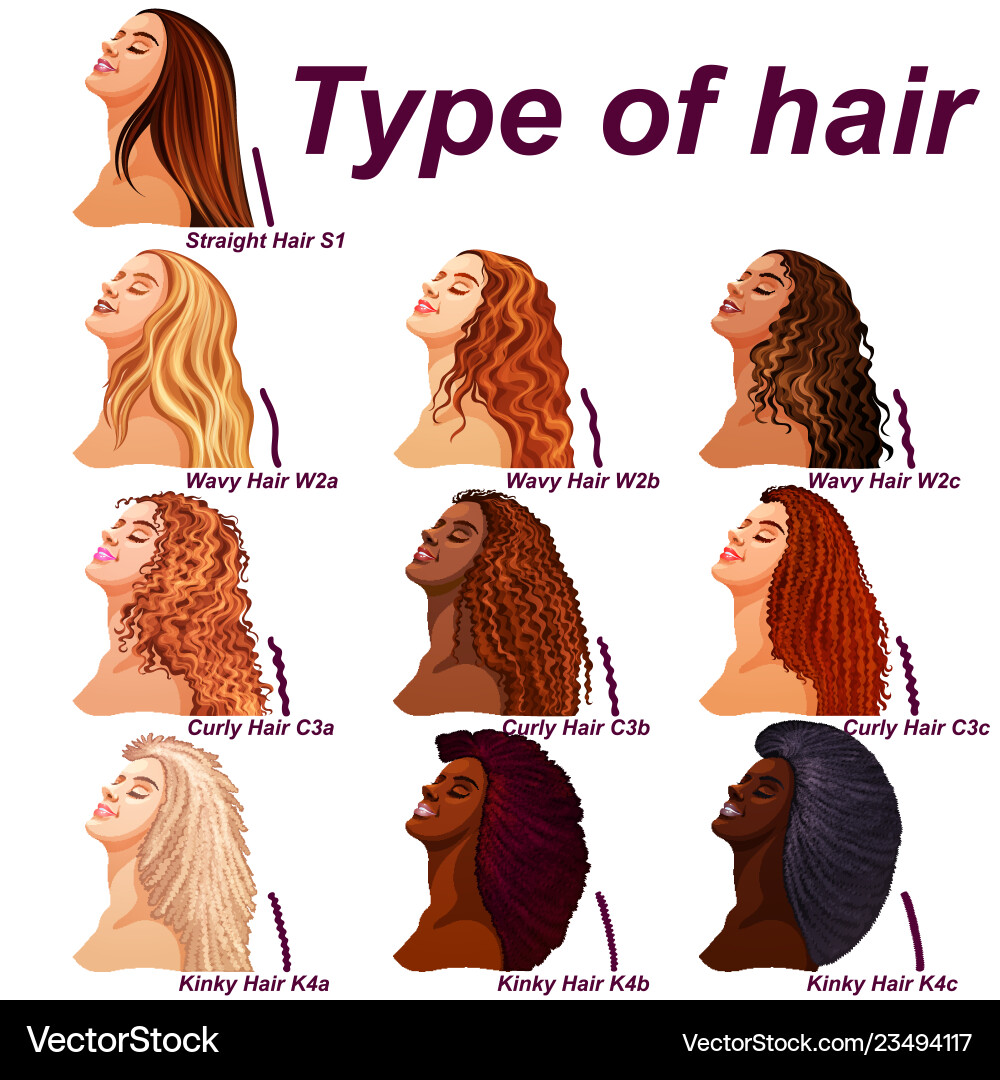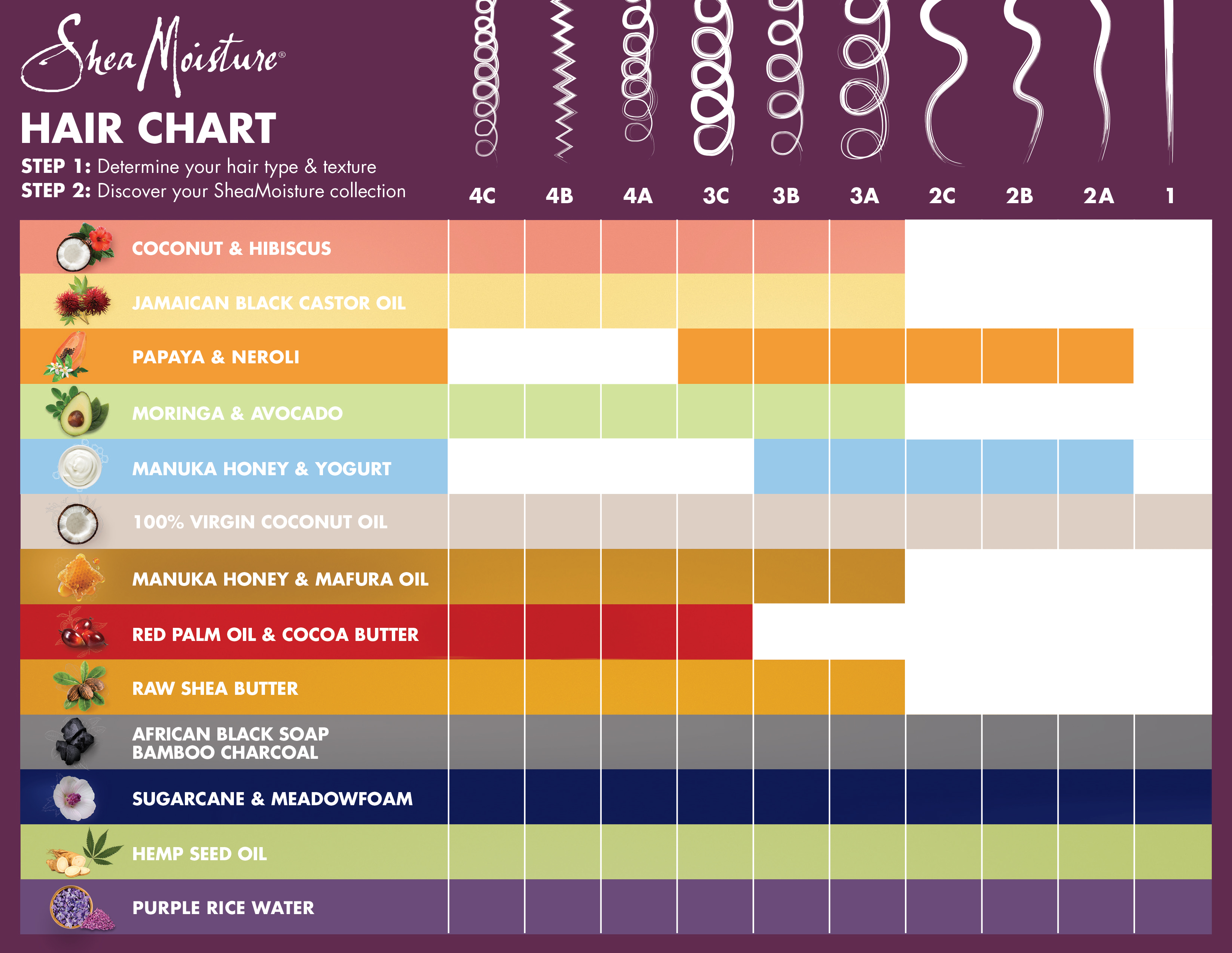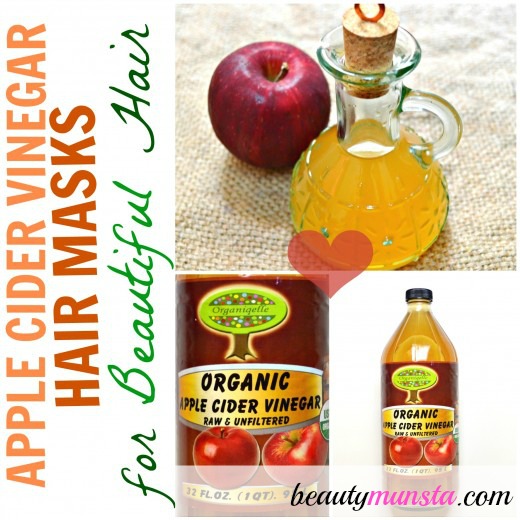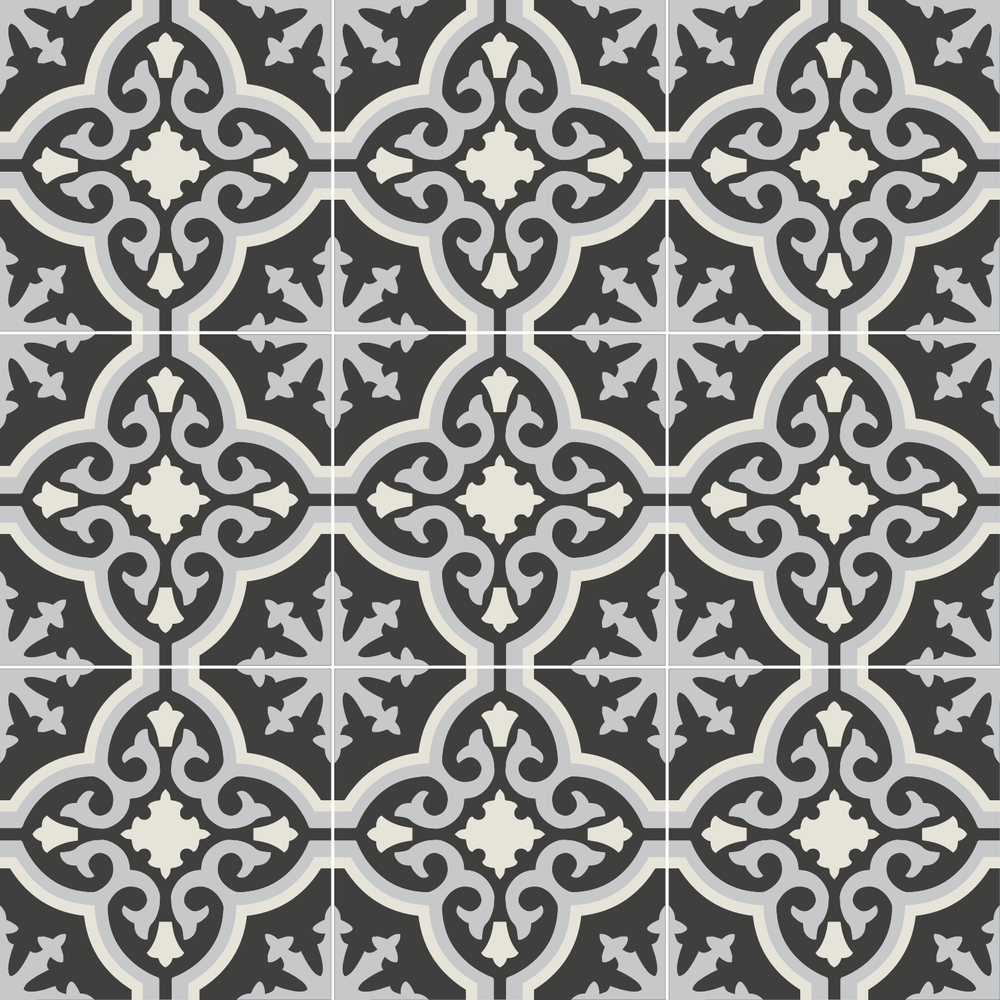Table Of Content

At the same time, better skip hair care oils and sprays, as they can cause excessive grease and oiliness to the already oily hair type. While your curl pattern is usually pretty clear just from looking in the mirror, listening to it makes a big difference, says hairstylist Shai Amiel, who goes by The Curl Doctor on Instagram. So if you have major curls, you can avoid wasting time with too-weak products and go for the heavy-hitting curl creams. Or vice versa—if you’ve got fine waves, you can focus on the stuff that won’t weigh them down. Slightly "S"-waved hair that sticks close to the head and tends to be fine in density.
What Is 2C Hair? How To Take Care of It, Styles, and Products
In chemistry from Ithaca College and more than 16 years of experience working in the pharmaceutical and personal care industries. Type 3B has well-defined medium size springs that resemble corkscrews. If you have concerns about hair loss, schedule an appointment with a dermatologist (a doctor specializing in diagnosing and treating hair and skin disorders).
Gym Hairstyles for Curly Hair: 2 Styles to Wear Post-Workout
Stylist Marcus Francis recommends using a hair mask twice a month to provide manageability and moisture. To smooth the hair cuticle and reduce frizz, apply a light layer of a cream-based product for blowouts or natural waves. Whether fine, thick, long, short, matte, glossy, curly, coily, or straight, your hair deserves respect. Get to know your hair’s curl patterns, its porosity, density, and styling needs because healthy self-care includes your hair.
The best haircuts for curly hair types
Type B hair has a more defined wave or curl pattern than Type A. Type C hair has the strongest wave or curl pattern in its category. To determine your hair type, wash it and let it air-dry without adding any products. Next, compare your hair’s natural pattern and texture to hair typing charts or descriptions.
If you’re unsure about which category you fall into, leave your hair free of products and let it air dry the next time you wash it. If it dries straight without a bend or curl, then you have straight hair (or type 1 hair as it is commonly referred to). If it dries with a slight curve or “S” shape, then it’s considered wavy hair (type 2). Type 3C hair is characterized by tight, corkscrew curls that have a more coiled or zigzag pattern than Type 3B hair.
How to Identify Your Curl Type
Your hair follicles’ shape also has an impact on your hair type. An oval-shaped follicle typically produces curly or wavy strands, while round follicles tend to create straighter hairs. You’ll find that African heritage often leads to curly or coily hair types, while Asian descent usually results in straighter locks. When trying out different hairstyles, people with straight hair often face problems that people with curly hair don’t have. Curlier hair doesn’t hold curls as well, and bands may come out more easily than with curlier hair. Type 2 waves crave a lightweight curl-enhancing shampoo and conditioner that can help enhance the natural texture without weighing it down.
Try something like Better Natured Hydrating Leave-In Milk or Pattern Beauty’s Leave-In Conditioner. Frizz is sometimes an issue for 2B, which can be aided with extra moisture. Kimble recommends incorporating a mask into your shampoo routine about twice a month. To achieve softer, more uniform waves, use water-based products in lotion or cream form, like the Aveda Smooth Infusion Style-Prep Smoother or Moroccanoil Smoothing Lotion.
How To Style Type 1: Straight Hair
If you have wavy hair, you can determine your subtype by the characteristics below. The extent of the wave in your hair will help you find your subtype. Products work based on the curl pattern you already naturally have.
From box braids to edges: a glossary of black hair terms - Dazed
From box braids to edges: a glossary of black hair terms.
Posted: Mon, 20 Jan 2020 08:00:00 GMT [source]
Kim Kimble Curl Whip Mousse
Celebrity stylist Kim Kimble defines this curl type as “beachy waves with a loose S-pattern with little to no bounce.” She suggests her Curl Whip Mousse to achieve a defined curl. We asked the pros to help identify and define each curl pattern, along with product recommendations to make the curl-care aisle a little more inviting the next time you wander down it. Okay, so porosity isn’t the sexiest-sounding word when it comes to talking about hair, but it is an important factor in narrowing down the products that’ll bring out your curls’ shape. The term refers to how easily your hair sucks up liquids, i.e., why your hair might take forever to dry (a question some morning showerers know well). If you have no idea where you fall on the porosity scale, Francois says an easy test can clear things up. Dunk the ends of a lock of your hair in a cup of water (or take a bath, any excuse), and see if your hair floats, sinks, or stays somewhere in the middle.
So, are you ready to learn more about the interesting science of hair? It will not only make it easy for you to choose the right products, but it will also teach you important things about hair health and appearance. If you’re not sure where to start, consult a professional who specializes in your type of hair, or follow someone with your hair type on social media.
Incorporate a combination of penetrating and sealing oils in your hair care routine. You should opt for heavy butter and cream to moisturize your hair. And is fairly easy and takes just a couple of minutes to identify your hair type.
Type 3C curls are tight corkscrews that range in circumference from a straw to a pencil. Strands are densely packed together, giving way to lots of natural volume. This hair type lies flatter at the crown with defined S-shape waves starting from the mid-length.
’, we need to discuss understand certain basic hair properties like porosity, density, diameter, greasiness, and elasticity. These are super crucial in deciding your hair’s type and picking up the right hair products for your hair. It’s clear that you need to know your hair type to keep it healthy and full of life.
Type 1C hair can be styled in a variety of different ways, from sleek and straight to voluminous and curly. Layered haircuts can help add movement and volume to the hair, while blunt cuts can create a sleek and polished look. Type 1B – Medium thickness, straight hair that is slightly more resistant to styling.






















